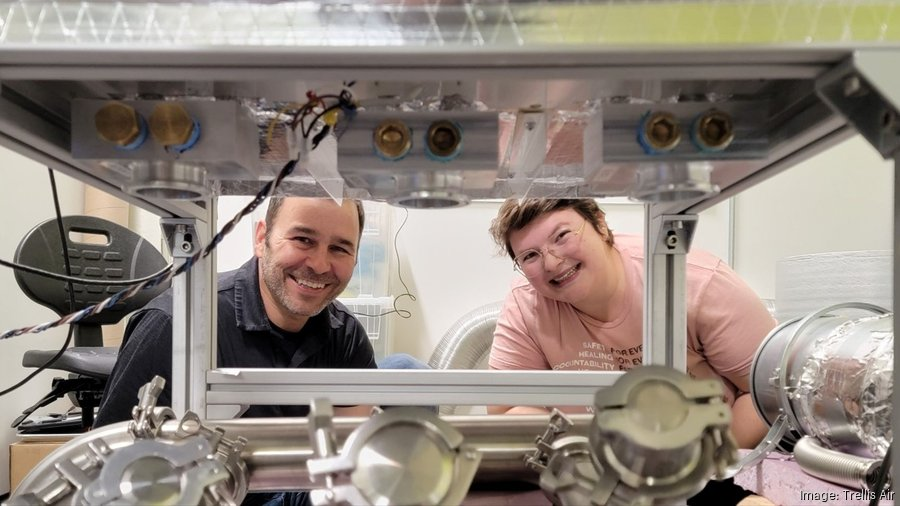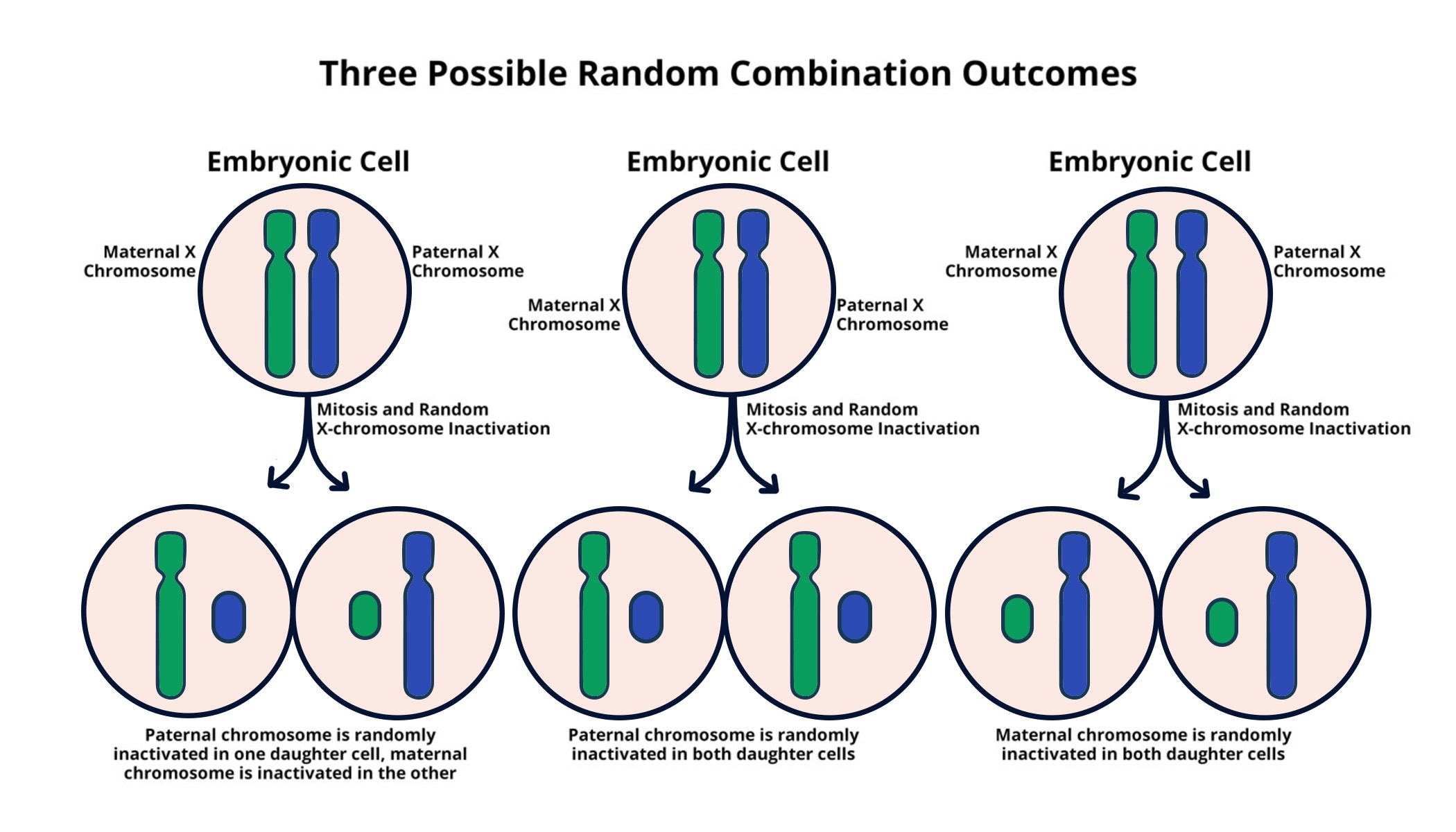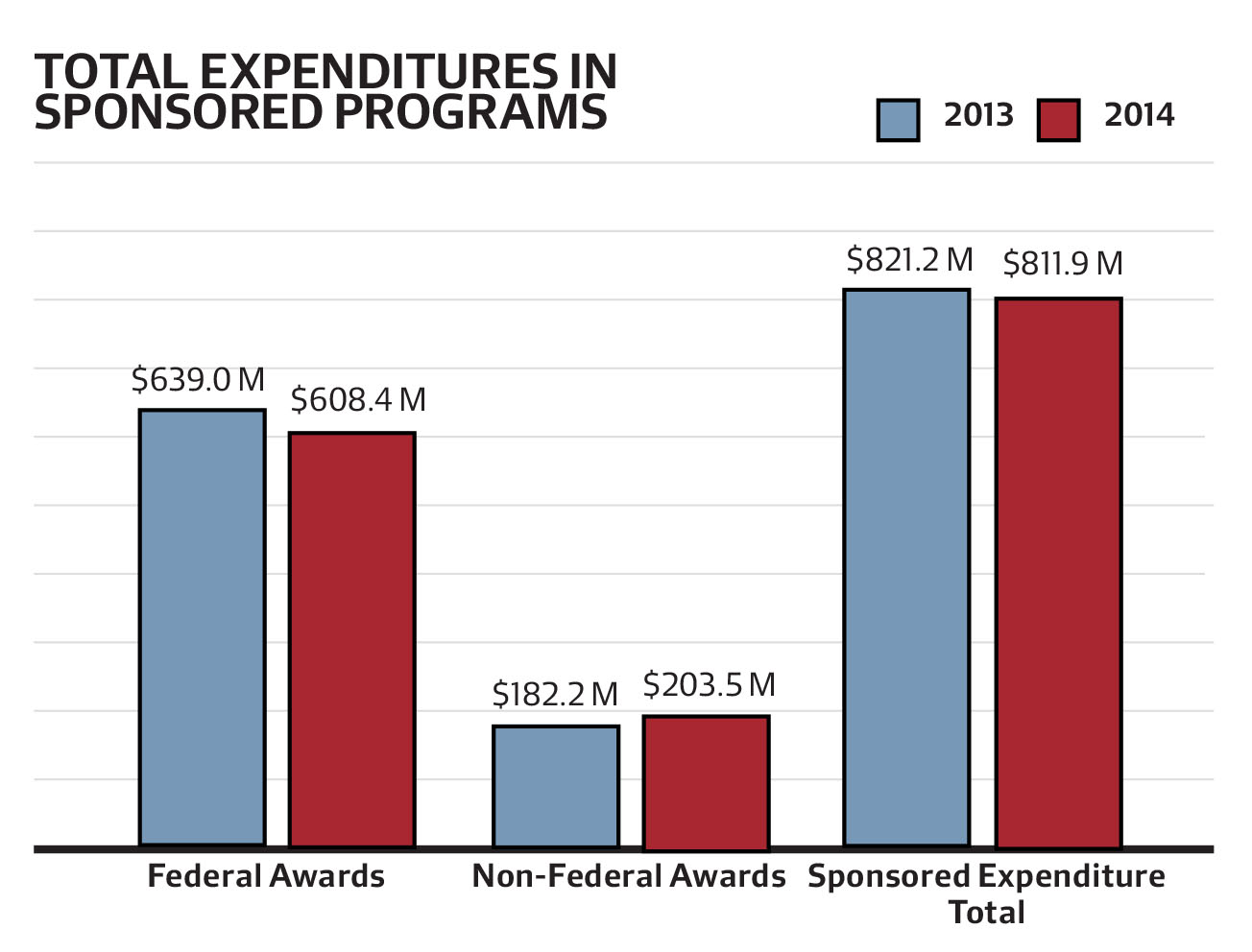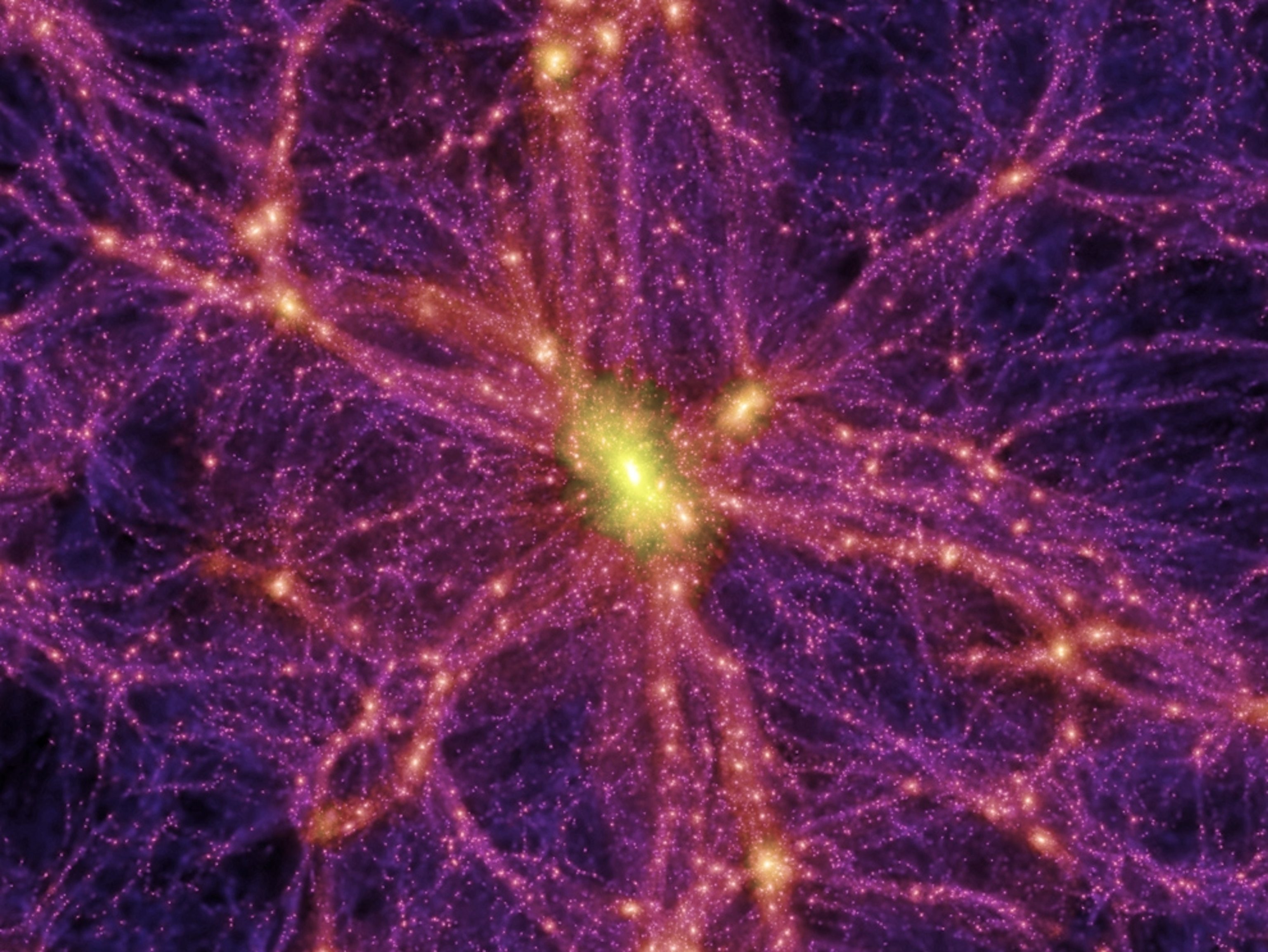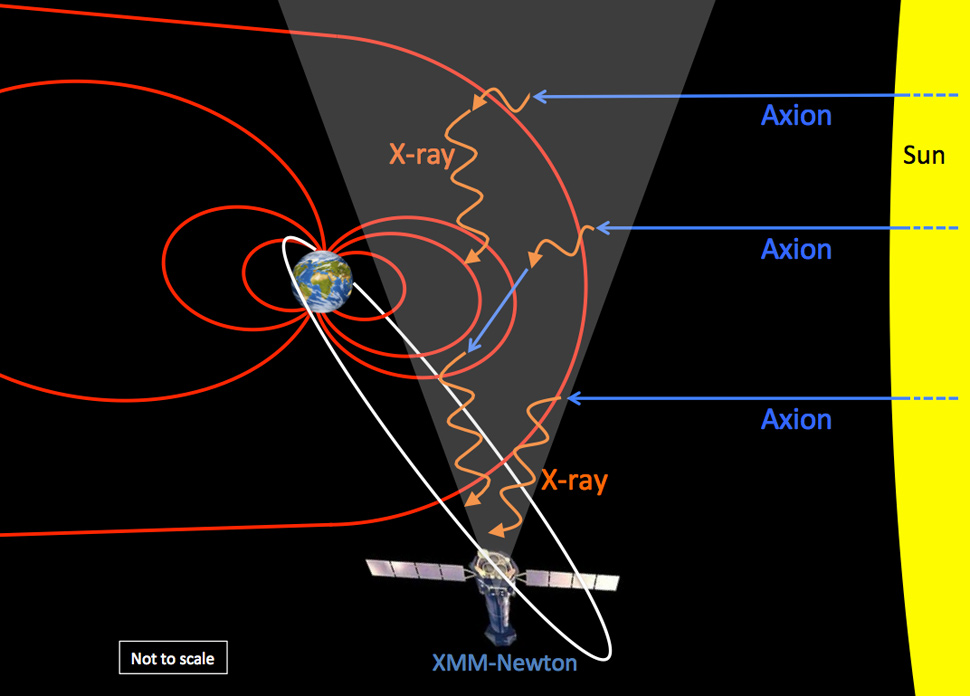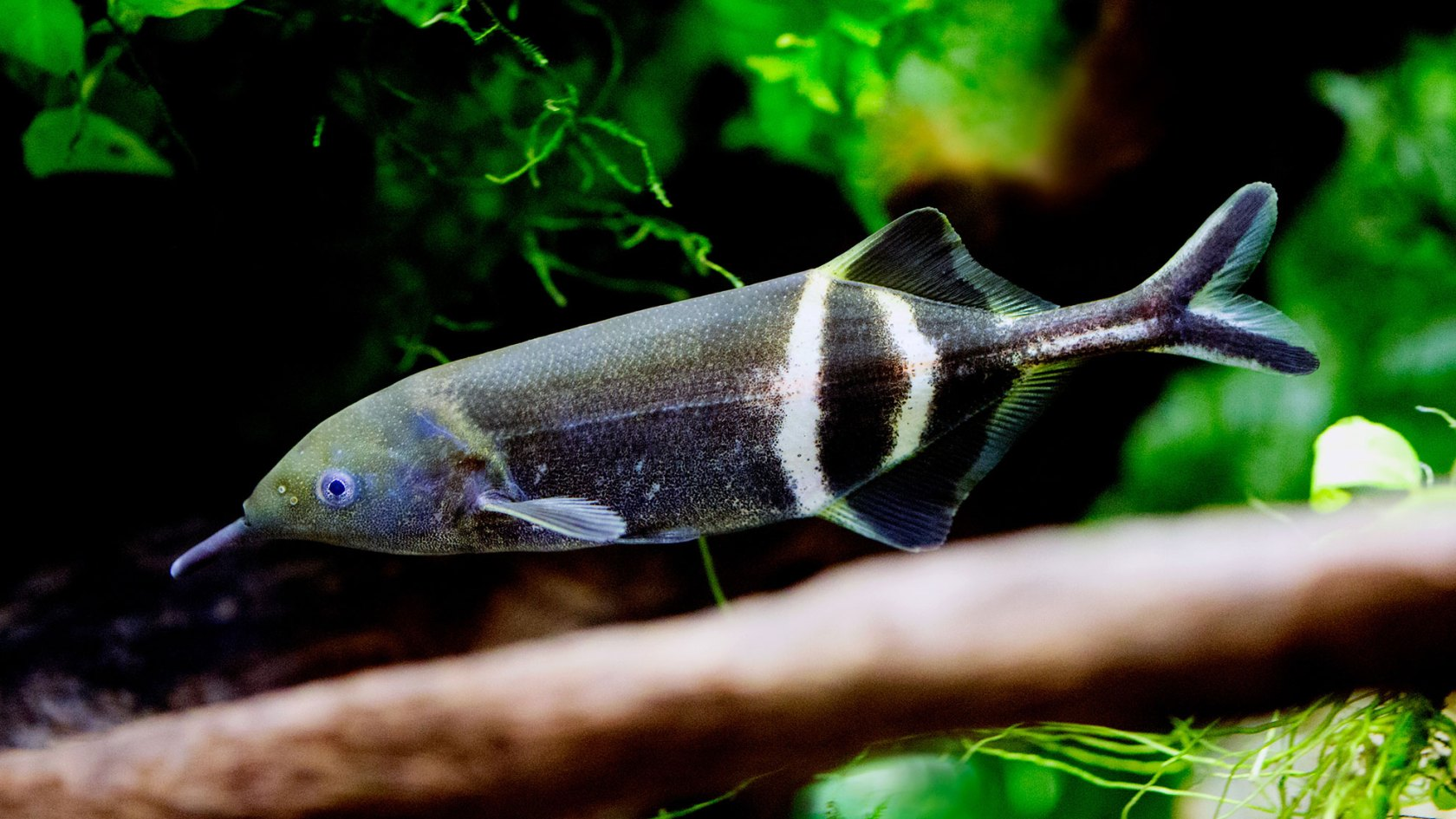
Electric Fish NeuroAI: Insights into Collective Intelligence
Electric Fish NeuroAI is revolutionizing our understanding of both aquatic life and artificial intelligence systems. By studying the remarkable collective intelligence exhibited by electric fish, particularly the elephantnose fish, researchers are unlocking new insights into social dynamics and communication across species. These fish utilize electric organ discharges to navigate their environments and interact with one another in complex ways that have profound implications for NeuroAI applications. As scientists delve deeper into the electric pulses that govern their behaviors, they are not only learning about the biological mechanisms at play but are also exploring how these natural systems can inform the development of advanced AI technologies. This convergence of biological and computational research promises to illuminate the intricate dance of cooperation and competition that characterizes both natural ecosystems and human-designed systems.
The study of weakly electric fish, such as the elephantnose fish, offers a fascinating glimpse into the principles of NeuroAI that can be applied to understanding both living organisms and artificial systems. This exploration focuses on how these aquatic creatures generate and perceive electric fields to communicate, illuminating the intricate social dynamics that emerge from their interactions. By modeling the behaviors of these fish, researchers are developing advanced applications that utilize collective intelligence frameworks to enhance AI systems. The dynamics observed in their electric organ discharges provide a unique lens through which to analyze multi-agent cooperation and competition, bridging the gap between biology and technology. Through such interdisciplinary studies, we move closer to unlocking the potential of social dynamics AI, with far-reaching impacts on both environmental science and innovative computational strategies.
Understanding Collective Intelligence Through Electric Fish
Collective intelligence is a fascinating phenomenon that occurs when individuals within a group collaborate to achieve a common goal, leading to results that are often superior to what individual members could achieve alone. Electric fish, particularly the elephantnose fish, serve as an ideal model for studying this intricate concept. Their unique communication system, based on electric organ discharges (EODs), allows these fish to coordinate their actions seamlessly within varying social dynamics. By observing how groups of these fish interact, researchers can glean insights into how complex behaviors can emerge from simple rules of engagement. This exploration can have significant implications for understanding not just aquatic life, but also broader principles of social interaction in diverse species, including humans and artificial intelligences.
The elephantnose fish facilitates emergent collective intelligence in ways that mirror human social dynamics. In environments where food sources are scarce, individual fish adopt cooperative strategies that enhance their chances of survival. For instance, if one fish successfully finds food, it emits specific electric pulses that signal others in its vicinity to join in, minimizing energy expenditure for all involved. This behavior illustrates how social dynamics evolve, showcasing that interaction is not merely a matter of individual behavior but rather an interconnected web of responses influenced by context and prior experiences. Applying these lessons from electric fish could inspire new algorithms in social dynamics AI and enhance our understanding of collective decision-making processes.
In adapting these insights to the field of artificial intelligence, researchers are beginning to understand that modeling electric fish behavior can inform how multi-agent systems operate. By harnessing the principles derived from collective intelligence in electric fish, we can develop AI systems that leverage group interactions for problem-solving, learning, and adapting to challenges. The findings from studies on the elephantnose fish highlight that behaviors such as cooperation or competition can be dynamically affected by environmental factors like the availability of resources. This is a crucial extension to AI applications that seek to mimic natural intelligence, particularly in areas like swarm robotics, where multiple entities work together to achieve a goal.
The Role of Electric Organ Discharges in Communication
The communication technique employed by electric fish, known as electric organ discharges (EODs), is a remarkable example of sensory adaptation and evolution. Through these electric pulses, elephantnose fish can convey a range of messages, from mating signals to warnings about potential threats. Each fish’s EOD can be thought of as a personalized form of communication akin to a language. The frequency of these pulses can alter the message conveyed, making their communication system both intricate and effective in navigating their murky habitats rich in competition and cooperation. Understanding how these signals work lays the groundwork for exploring similar communication patterns in artificial systems designed under NeuroAI principles.
By studying how electric fish modulate their discharges in response to social cues, researchers can better understand how information is exchanged within groups, and how this affects individual and collective behavior. This knowledge can be utilized to enhance NeuroAI applications, enabling machines to develop their own forms of communication akin to biological entities. As AI systems begin to evolve towards greater complexity, incorporating similar adaptive communication strategies may lead to more effective multi-agent collaboration, mirroring the dynamic social structures observed in the animal kingdom.
Moreover, the significance of EODs goes beyond mere communication; it embodies the essence of social interaction and dynamics. In habitats filled with different electric fish, the ability to communicate effectively ensures survival and efficient foraging. The fish’s reliance on electric pulses highlights the critical role of sensory information in guiding collective behavior and decision-making processes. As AI researchers delve into the mechanics of these electric signals, we may discover novel ways to optimize communication protocols among AI agents, improving their efficiency in collaborative tasks. This understanding could extend to applications in social dynamics AI, where communication plays a pivotal role in how systems operate and collaborate.
Insights from the Elephantnose Fish Study for Artificial Intelligence
The ongoing research on the elephantnose fish offers profound insights that can significantly impact the development of artificial intelligence systems rooted in collective intelligence. By analyzing the coordinated behaviors of these fish, scientists can mimic their social dynamics to enhance the functionality of AI agents. The collaborative interactions observed in the fish community underscore the importance of effective communication and responsiveness, essential traits that AI systems must embody to work harmoniously together. Rajan’s work at the Kempner Institute exemplifies how biological models can inform and enhance AI capabilities, providing a pathway to more effective multi-agent systems.
Furthermore, this research highlights the potential for teamwork and collaboration among AI agents. Just as elephantnose fish communicate through electric pulses to signal food discoveries, AI systems could employ data sharing mechanisms to improve their outcomes in complex scenarios. By fostering patterns of cooperative behavior, AI agents could achieve collective goals more efficiently, echoing the successful social dynamics exhibited by electric fish in their natural environments. This represents a promising frontier for AI development, paving the way for systems that learn from one another and evolve their capabilities over time.
Ultimately, the study of the elephantnose fish emphasizes that the foundation of sophisticated AI applications lies in understanding the principles of social interaction and communication. By delving into the intricacies of collective intelligence observed in these aquatic creatures, researchers can build AI frameworks that enhance cooperation among different agents. This pioneering work not only expands the horizons of NeuroAI but also sets a precedent for how we might design future AI systems capable of working together in a manner that reflects the complexity and adaptability observed in nature. As these insights continue to unfold, the implications for both biological and artificial systems may prove transformative.
Emergent Behavior in Complex Systems
Emergent behavior is a hallmark of complex systems, characterized by the spontaneous creation of patterns and structures arising from simple local interactions. The behaviors of the elephantnose fish exemplify this principle, demonstrating how simple individual actions can lead to sophisticated collective behaviors. As groups of these fish engage in foraging and social interactions, they create intricate patterns of movement and cooperation that are not dictated by any single fish’s actions but rather emerge from the interaction of multiple agents. This understanding can significantly enhance our grasp of collective intelligence in various contexts, from animal societies to artificial agent networks.
In the realm of AI, recognizing and modeling these emerging behaviors can lead to the development of systems that can adapt to new challenges, learn from their environments, and cooperate effectively. By simulating the electric fish’s behavior with artificial agents, researchers can unlock insights into how cooperation and competition evolve within populations. Such models can inform the creation of more resilient AI systems that operate effectively even in unpredictable environments, showcasing the power of collective intelligence as a driving force behind successful adaptation.
Moreover, studying emergent behaviors through the lens of electric fish highlights the importance of context in shaping interactions. As observed in the social dynamics of elephantnose fish, behaviors vary based on environmental conditions, availability of resources, and the presence of other fish. AI systems can be designed to recognize and respond to contextual changes, allowing them to modify their strategies based on shifting dynamics. This represents a critical advancement in AI development, where understanding the frameworks guiding social dynamics can enable systems to interact more fluidly and with greater understanding of the collective landscape. The integration of these insights into AI research positions us toward advanced scenarios where artificial entities can mimic the adaptability and sophistication of biological counterparts.
NeuroAI Applications Leveraging Electric Fish Behavior
The study of electric fish presents compelling opportunities for designing NeuroAI applications that capitalize on the principles of collective intelligence. Rajan’s research into the behaviors of the elephantnose fish demonstrates how understanding social interactions and communication strategies can inform the development of robust AI systems. By utilizing models inspired by these electric fish, AI researchers can explore emergent behaviors that arise from interactions among agents, and thereby enhance the efficacy of multi-agent systems. These insights could redefine how we approach the design and implementation of artificial intelligences that need to adapt to complex and dynamic environments.
The potential applications of such NeuroAI solutions are vast, extending across various domains, from robotics to social mediations and resource management. For instance, in autonomous systems, leveraging collective intelligence principles can lead to improved navigation strategies, where robots or drones cooperate to find optimal paths by sharing information, much like how elephantnose fish signal one another in their search for food. Enabling AI systems to communicate and collaborate effectively will ultimately heighten their problem-solving capabilities, mirroring the coordinated efforts witnessed in the natural world.
Through the lens of electric fish behavior, we can also explore more complex AI applications that require adaptability and social awareness. As Rajan and her team investigate how these fish communicate and compete, it provides a framework for enhancing AI’s understanding of context-sensitive interactions. By designing AI algorithms informed by these natural behaviors, we can improve their ability to navigate social dynamics, adjusting their strategies based on the alignment of interests and the overall environmental conditions. Such NeuroAI applications are not only innovative but essential as they seek to create intelligent agents that can thrive in collaborative settings, driving advancements in everything from automated decision-making to human-computer interaction.
Enhancing AI Systems with Insights from Electric Fish Studies
As researchers delve deeper into the behaviors of electric fish, particularly the elephantnose fish, the implications for enhancing AI systems become increasingly evident. Insights gained from their intricate interactions can inform strategies to improve the performance of collective intelligence in artificial agents. By modeling the communication patterns of these fish, AI developers can design systems that mimic these natural behaviors, leading to more efficient and adaptable technologies. Such studies highlight the potential for AI systems to evolve beyond rigid programming, adopting fluid communication strategies that mimic the adaptable social dynamics observed within communities of electric fish.
Moreover, implementing these insights into AI applications can significantly address the challenges presented by modern technological demands. As AI continues to infiltrate various sectors, from healthcare to logistics, incorporating the principles of collective intelligence observed in electric fish can lead to smarter systems capable of self-organizing and improving over time. The elephantnose fish serve as a foundational model for understanding social interactions, echoing the necessity for collaborative problem-solving approaches in AI. The research community is poised to learn much from these natural efforts, shaping the future of intelligent systems that reflect the complexities and vibrancy of social dynamics.
Furthermore, as we contemplate the future trajectory of AI systems, it’s clear that drawing from the experiences of electric fish can catalyze significant advancements in how these technologies operate. By fostering a deeper understanding of how these fish utilize electric pulses for communication and cooperation, we can enhance AI algorithms that prioritize collective decision-making and responsive behavior. This aligns closely with the ongoing evolution of NeuroAI, where the goal is to create artificial agents that are not only intelligent but also socially aware and capable of working alongside humans and other agents. The applications of such insights are bound to influence a diverse array of fields, pushing the boundaries of what AI can achieve and how it can integrate seamlessly into our daily lives.
Frequently Asked Questions
What is Electric Fish NeuroAI and how does it relate to collective intelligence?
Electric Fish NeuroAI refers to the application of principles derived from studying weakly electric fish, such as the elephantnose fish, to develop artificial intelligence systems that mimic collective intelligence. Researchers believe that exploring how these fish use electric organ discharges for communication and social dynamics can enlighten the design of multi-agent AI systems that exhibit similar complex interactions.
How do electric organ discharges influence the social dynamics of electric fish?
Electric organ discharges (EODs) serve as the primary mode of communication among electric fish like the elephantnose fish. These electric pulses convey information about mating, aggression, and cooperation. By studying these EODs, scientists can comprehend how social dynamics emerge in groups, providing insights into collective intelligence that can be applied in designing NeuroAI applications.
Can the study of the elephantnose fish contribute to advancements in NeuroAI applications?
Yes, the study of the elephantnose fish provides valuable insights into how simple communication systems can lead to emergent social behaviors and collective intelligence. This understanding can inform the development of NeuroAI applications by modeling how AI agents interact within groups, leading to more efficient and adaptive problem-solving strategies.
What role does social dynamics play in the behavior of electric fish and its implications for AI?
Social dynamics in electric fish, such as their ability to coordinate and communicate through electric organ discharges, highlight how individual interactions can lead to emergent group behaviors. These behaviors are pivotal in understanding collective intelligence, which is essential for AI development, enabling artificial agents to collaborate effectively and adaptively solve complex problems.
How do researchers simulate the behaviors of electric fish in their studies?
Researchers simulate the behaviors of electric fish by developing computer models with artificial agents that mimic the electric pulses emitted by these fish. By manipulating environmental factors and observing the resulting interactions, scientists can analyze how collective intelligence and social dynamics emerge, greatly informing the design of NeuroAI systems.
What insights can be gained about cooperation and competition from electric fish studies?
Studies of electric fish, particularly in relation to food sourcing, reveal that these fish exhibit both cooperative and competitive behaviors based on environmental conditions. Such findings can illuminate the underlying mechanisms of collective intelligence and provide valuable lessons for creating AI systems that can balance cooperation and competition in their interactions.
Why is understanding critical mass important in the study of electric fish and AI?
Understanding critical mass in electric fish studies is essential because it helps determine the optimal conditions under which groups can effectively cooperate. This knowledge can inform NeuroAI development by identifying thresholds that enhance collaborative behaviors, which is crucial for creating efficient and scalable AI systems.
How does the elephantnose fish study enhance our comprehension of multi-agent intelligence in AI?
The elephantnose fish study enhances our comprehension of multi-agent intelligence in AI by demonstrating how simple signals (EODs) can lead to complex social dynamics and coordinated actions in groups. This understanding is vital for designing AI systems that require collaborative strategies to solve intricate problems efficiently.
| Key Points | Details |
|---|---|
| Electric Fish’s Unique Abilities | Electric fish, such as the elephantnose fish, use electric fields to perceive their environment, which is essential for understanding NeuroAI. |
| Collective Intelligence | Studying the communication of electric fish may provide insights into collective intelligence among diverse agents, including humans and robots. |
| Research Focus | The research by Kanaka Rajan and her team focuses on how electric fish interact and communicate in groups, reflecting complex social dynamics. |
| Modeling Behaviors for AI Development | By creating simulations based on elephantnose fish, researchers can explore how collective behaviors emerge and inform the development of AI systems. |
| Evolutionary Simulations | Research suggests that food availability influences whether electric fish engage in cooperation or competition, revealing patterns applicable to AI systems. |
| Implications for AI | The findings can apply to AI interaction, potentially leading to cooperative AI agents that work together effectively. |
Summary
Electric Fish NeuroAI explores the fascinating intersection between electric fish and artificial intelligence, particularly how studying species like the elephantnose fish can lead to a deeper understanding of collective intelligence and communication. This research not only furthers our knowledge of fish behavior but also opens the door to advancements in AI systems that may benefit from similar principles of cooperation and coordination.

